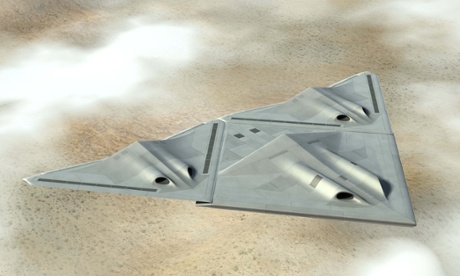
3D printers could be so advanced by 2040 they could create small unmanned aircraft, BAE Systems claim.
These unmanned aerial vehicles (UAV) could then potentially be used as a group of wide-winged aircraft for protracted or enduring surveillance or as rotary-winged UAVs to rescue single civilians or soldiers from dangerous situations, the defence firm’s scientists and engineers suggest.
The researchers, who have been working on futuristic aircraft technologies, have been looking at the idea that they could be created by super hi-tech onboard 3D printers, an additive layer and robotic assembly.
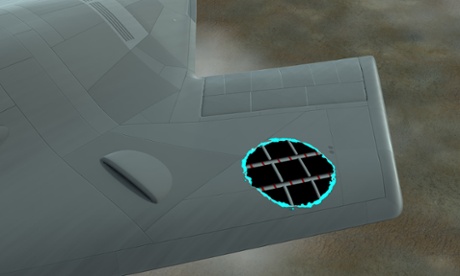
The UAVs that could render themselves useless with the installation of dissolving circuit boards if they fall into enemy territory, or they might be able to land in a recoverable position if they are needed for further use.
BAE believes this could create “the ultimate adaptable taskforce, with a lead aircraft able to enter any unknown scenario and quickly manufacture an effective tool set for any task”.
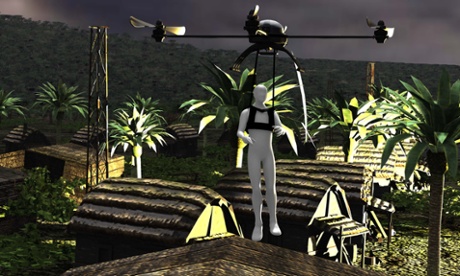
Nick Colosimo, a futurist and engineering manager at its research and development team in Warton, Lancashire, said: “Of course we don’t know exactly what sorts of aircraft technologies will be used in 2040 with any certainty, but it’s great to be able to show the public some concepts that might be possible through projecting where today’s technology could get to.
“BAE Systems has a rich heritage in research and development, and our team builds on literally decades of previous R&D work by thousands of scientists and engineers.”
The defence firm has unveiled the UAV as one of four futuristic technologies they believe could be incorporated in military and civil aircraft in 2040 or even earlier.
Other possibilities include aircraft parts that can heal themselves in minutes – called the Survivor – and a new type of long-range aircraft which divides into a number of smaller ones when it reaches its destination, dubbed the Transformer.
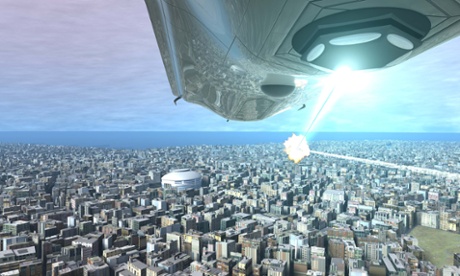
There is also the possibility of a weapon using directed energy systems (DES) that could engage missiles at the speed of light, destroy them and protect the people below.
All four technologies are still at the drawing-board stage but BAE, which has invested £117m across all of its research and development work in 2013, is confident about the prospects of them becoming a reality.
It describes the Transformer as “a flexible aircraft system that combines smaller jets for more efficient travel, before having them split apart to quickly adapt to any scenario”.
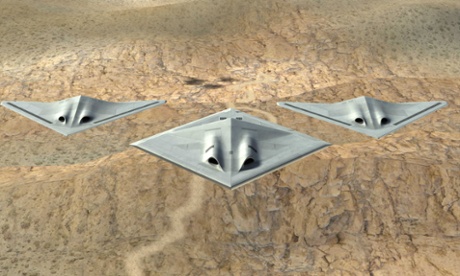
Once they have reached their destination, the craft can then split off and used for a range of activities. These could include going on the offensive if threatened, being used for surveillance or dropping off supplies.
The Survivor is a lightweight adhesive fluid built inside the aircraft which allows jets to heal themselves from damage sustained in flight. This advanced use of materials would create a highly survivable jet capable of entering even the most dangerous of scenarios to complete vital missions, according to a BAE spokesman.
Modern-day battlefields feature DES, complete with concentrated energy beams, which can be used to protect ground troops from incoming missiles or mortars. In the future this capability could be taken in to the air as an attachment for aircraft, allowing fast-moving jets to accurately destroy targets mid-air, the experts claim.
No comments:
Post a Comment